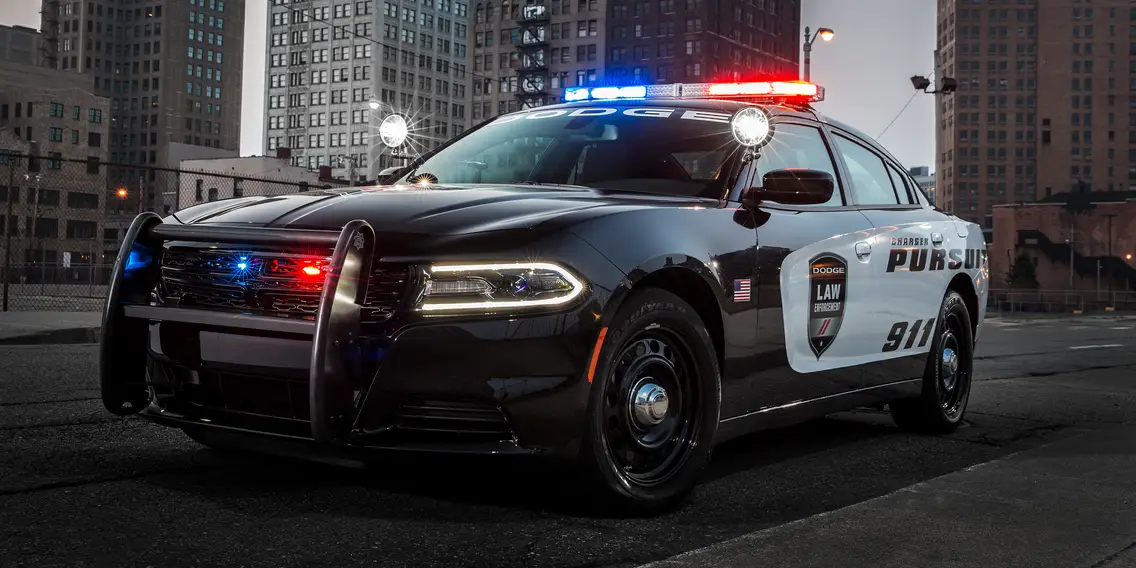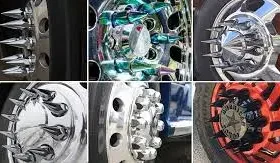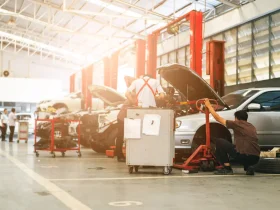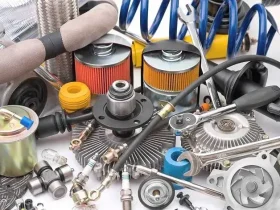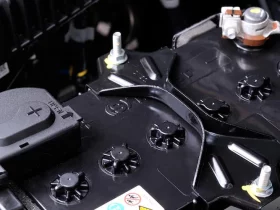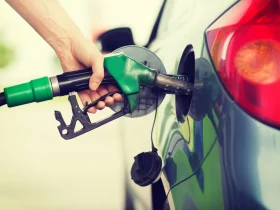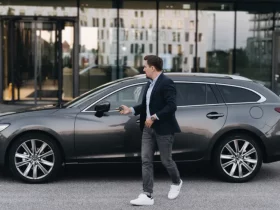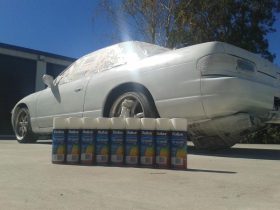Police cars are a quintessential symbol of law enforcement, and their speed capabilities are a point of fascination for many.
The question of how fast police cars can go is one that has intrigued both car enthusiasts and curious individuals alike. So buckle up and join us on this high-speed journey into the world of police car speeds.
The Importance of Fast Police Cars
When it comes to chasing down criminals or responding to emergencies, speed is of the essence. The ability of police cars to reach high speeds allows officers to quickly reach the scene of a crime or apprehend a suspect.
Fast police cars also serve as a deterrent. The sight of a high-performance vehicle on the road can discourage reckless driving and serve as a reminder that law enforcement is present and ready to respond swiftly to any criminal activity.
Furthermore, the speed capabilities of police cars enable officers to navigate through traffic more efficiently, reducing response times and ensuring timely assistance to those in need.
The Top Speeds of Police Vehicles
One aspect that makes police cars so impressive is their ability to reach incredibly high speeds. With their specialized modifications and powerful engines, these vehicles can outperform many regular cars on the road.
Each police department may have different models of vehicles in their fleet, but some of the fastest models can achieve staggering speeds. For instance, the Dodge Charger Pursuit, commonly used by many police agencies, has a top speed of around 150 mph.
It’s important to note that these speeds are not just for show. Police cars need this level of speed to effectively respond to emergencies and pursue fleeing suspects. However, it’s worth mentioning that the actual top speed used in operations is often limited for safety reasons.
Factors Affecting Police Car Speeds
While police cars are known for their ability to reach high speeds, there are various factors that can affect their overall performance. These factors go beyond the base specifications of the vehicle and involve additional modifications and technologies.
1. Engine Power:
One of the key factors that determine a police car’s speed is the power of its engine. Police vehicles often come equipped with high-performance engines that are specifically designed to provide the necessary speed and acceleration required in emergency situations.
2. Aerodynamics:
Another crucial aspect is the aerodynamic design of the vehicle. Police cars are optimized to reduce drag and improve airflow, allowing them to maintain stability and control even at high speeds.
3. Suspension and Braking System:
The suspension and braking systems in police cars are enhanced to handle the stress of high-speed pursuits. This ensures that the vehicle remains stable and responsive, even during intense maneuvers.
4. Tire Performance:
Police cars are equipped with high-performance tires that provide enhanced grip and traction, allowing for quick acceleration and efficient braking.
5. Specialized Cooling Systems:
Police cars often feature advanced cooling systems to prevent the engine from overheating during extended high-speed operations.
The Evolution of Police Car Speeds
Over the years, the speed capabilities of police cars have evolved significantly. As technology advances, so does the performance of these vehicles.
Police cars were primarily modified versions of civilian vehicles. Although they were faster than regular cars, they were not designed specifically for high-speed pursuits.
The evolution of police car speeds can be attributed to advancements in engine technology, aerodynamics, suspension systems, and tire performance. Engine power has significantly increased, allowing police cars to reach astonishing speeds. ally, the improved aerodynamic design reduces drag, optimizing the vehicle’s speed and stability.
Moreover, the suspension and braking systems have been enhanced to withstand high-speed pursuits while providing optimal control and maneuverability.
The evolution of police car speeds is a testament to the commitment of law enforcement agencies to remain ahead of criminals. By continually investing in advancements and modifications, police departments ensure that their vehicles can navigate challenging situations safely and efficiently.
The Implications of Fast Police Cars
It is essential to explore the implications of these high speeds. As police vehicles continue to accelerate to astonishing velocities, it is crucial to consider the impact on law enforcement practices and public safety.
One implication of fast police cars is the increased response time. With the ability to reach higher speeds, officers can arrive at the scene of an incident more quickly. This can be particularly beneficial in situations where time is of the essence, such as emergencies or high-risk scenarios.
Furthermore, fast police cars have the potential to deter criminals and reduce crime rates. Knowing that law enforcement possesses vehicles capable of apprehending them swiftly can act as a deterrent for potential offenders.
However, it is important to acknowledge that there are also considerations regarding safety when it comes to fast police cars. Higher speeds increase the risk of accidents and potential harm to both officers and civilians.
Conclusion
The speed of police cars is a double-edged sword when it comes to law enforcement. On one hand, the ability to respond quickly to emergencies and high-risk situations can be a lifesaver. There are inherent risks associated with high speeds, not only for officers but also for civilians on the road.
To strike the right balance, law enforcement agencies have implemented various safety measures and protocols. Training programs ensure that officers are skilled in handling these powerful vehicles, allowing them to navigate through challenging situations with precision and caution.
By constantly evaluating and updating safety measures, law enforcement agencies aim to mitigate risks and maintain the delicate balance between speed and safety. It is a continuous effort to ensure that fast police cars are used effectively and responsibly in serving and protecting the community.

